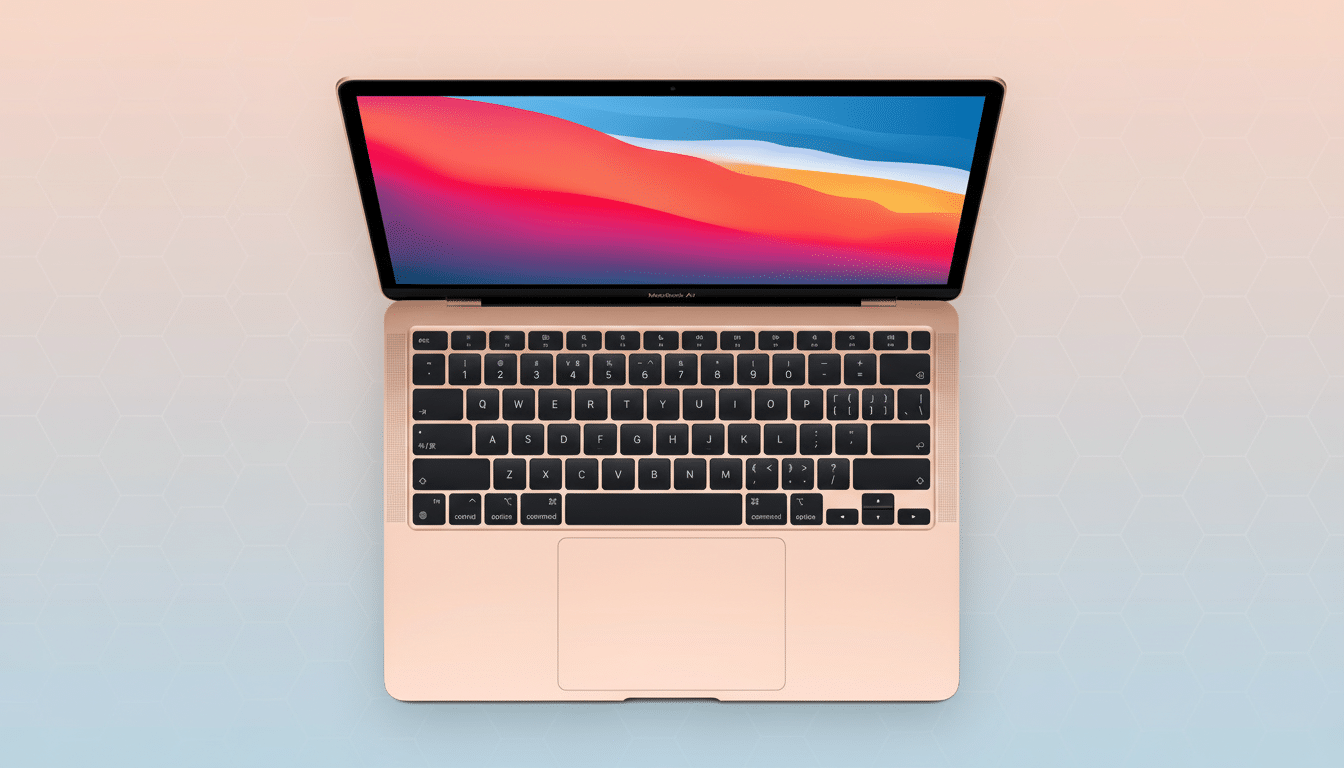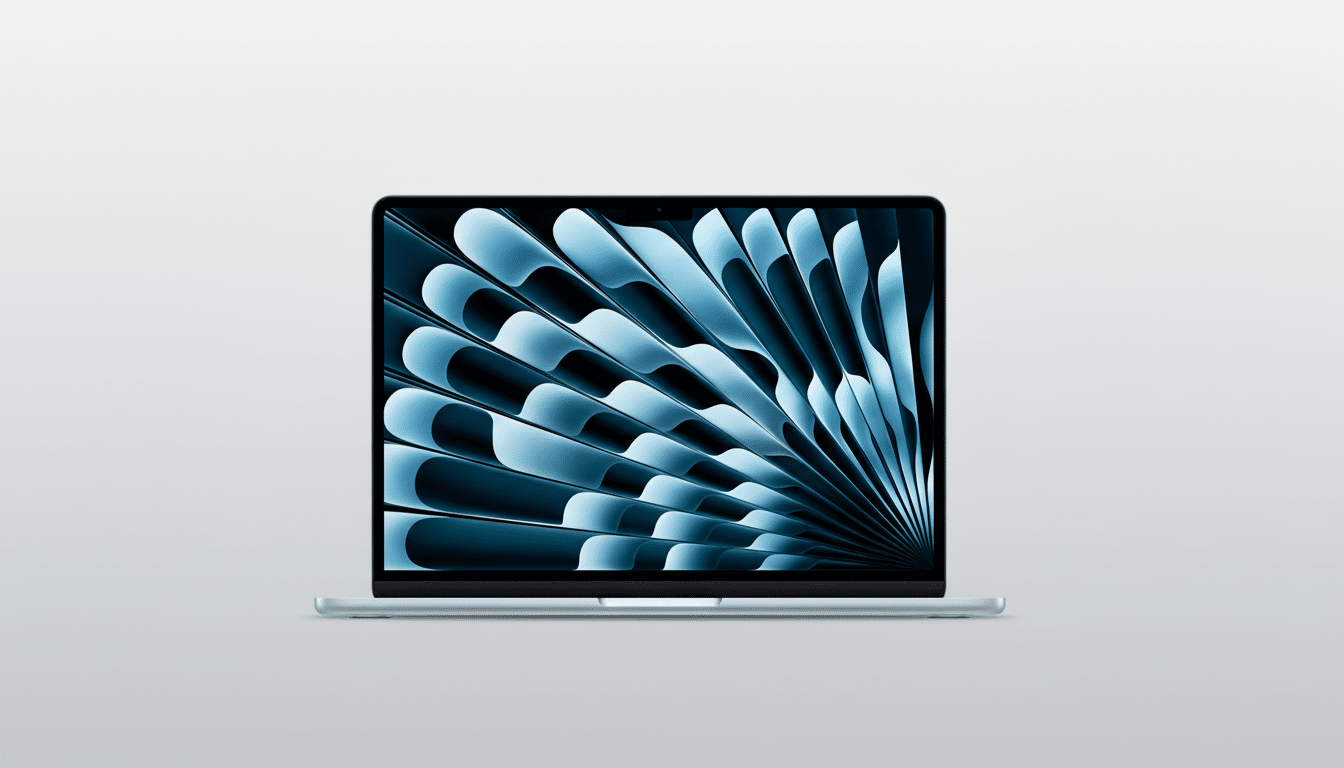Apple is said to be developing a lower-cost Mac laptop and an accompanying entry-level MacBook, targeting the student and young adult markets as well as mainstream buyers new to Apple products in general, according to people familiar with the matter. The device might wind up costing less than $1,000 by tapping iPhone-level silicon, a smaller LCD, and simple metalwork, the sources said.
If the plans materialize, this would not be a “cheap” Mac in spirit so much as an inexpensive device specifically designed to put macOS into classrooms and homes that have only ever had access to ChromeOS.

“The Apple computer brand has to cost less than previously (otherwise what’s the point?),” said one of my friends, who’d like a MacBook Pro again but won’t pay more than $999 for an entry‑level model. “But it still has to be expensive enough that it brings in at least as much money as the iPhone does.”
The consensus from industry watchers is that we’re looking at something in the $699–$799 range here—this would instantly reset Apple’s entry‑point price on its newest Mac notebook.
Why Education Is the Key Battlefield for Apple
Chromebooks have dominated K–12, thanks to rock-bottom pricing, cloud-based management, and easy deployment. Futuresource Consulting has consistently reported ChromeOS with the lion’s share of US classroom device shipments, frequently grabbing 70%+ share, and Windows eating what was left.
The Apple challenge is not one of desire but of price and availability. Its global PC shipments account for just high single digits, according to IDC, reflecting its premium positioning. School districts are purchasing by the tens of thousands at a time, and in that context, you’re looking for an overall cost of ownership reduction — not artful aluminum.
How Apple Could Cut Costs, and Keep Value
This magic recipe, if it exists, is simple: an A‑series chip swapped in for an M‑series one plus a somewhat smaller standard 60Hz LCD display and cost‑saving material trims to hit more aggressive prices. An A‑series SoC would still be incredibly fast for web apps, office work, and basic media creation and editing — and it could have great power efficiency while sporting a built-in Neural Engine for on-device AI tasks.
Expect practical trade‑offs. Base configuration could mean 8GB unified memory, 128GB or 256GB of storage, fewer ports, and a less capable camera. It could have a plastic or mixed‑materials chassis (to reduce the bill of materials). None of that is likely to matter much to schools looking for rugged, dependable laptops that can run all day on a charge and play well with the management tools they already have.
Important: it would be macOS, not iPadOS. That distinction should ease workflow friction for teachers and students who require traditional desktop multitasking, local file access, and the vast library of Apple silicon apps already updated for ARM.
Selling Price Targets and the Ecosystem Play
Today, the most affordable new Mac notebook typically hovers around $999 before education discounts, while many Chromebooks sell for a few hundred dollars.

A Mac that’s a few hundred dollars less expensive would help narrow the gap for Apple when it comes to big district‑wide purchases, particularly at a time when school budgets are tight and accessories, warranties, and carts can add up.
Apple’s bounty for going down‑market could be oversized. Hooking a student with a first Mac also enhances the likelihood of future transactions for AirPods, services like iCloud and Apple Music subscriptions, and upgrading to a new iPhone. There’s already Apple School Manager, Managed Apple IDs, and the deep MDM support it offers; a lower‑cost Mac just makes that stack even more accessible at scale.
Rivals Are Moving to ARM as Competition Intensifies
And this isn’t just a ChromeOS story. Windows on ARM devices using Qualcomm’s Snapdragon X‑series chips have been driving battery life and instant‑on responsiveness forward, while laptop makers are in a horse race to support increasingly thinner and lighter form factors with NPUs onboard. Google, for its part, keeps building and iterating ChromeOS and has dabbled in the kind of Android experience on big screens.
Or put another way, the frontier is efficient, silent, and AI‑ready. An A‑series Mac would slot perfectly into that swing, assuming Apple can strike the right balance between performance cores, media engines, and memory bandwidth to meet modern classroom use cases and video‑heavy curricula.
Open Questions Before Launch of a Budget Mac Laptop
Several details remain unclear. How low can Apple go and still not step on MacBook Air’s toes? Will the A‑series design place a cap on maximum RAM, or even external display support, in ways that might complicate certain school deployments? And how will Apple distinguish this total package from the iPad with keyboard — a combo that already exists in many districts?
There’s also the durability question. Chromebooks’ magic has always been in the ruggedized chassis and easy field repair underpinned by straightforward admin licensing. Apple might need education‑specific SKUs, pro bulk service plans, and bulk‑buying programs to meet procurement checklists as much as tech specs.
Bottom Line for Students and Shoppers Considering Macs
If they have a competitive macOS laptop at or near the $699–$799 sweet spot (or lower), then it’s “entry‑level” and could actually create some serious tension in districts that went all‑in on ChromeOS.
The shift would also provide an option for the first‑time buyer who wanted to get a foothold in Apple’s ecosystem without relying on older refurbished models.
For now, it’s an appealing template: a smaller, efficient Mac for people who speak the language of budgets—and yet that still manages to retain all the software and support that make the platform sticky. It’s that mix, rather than the raw specs, that might finally help turn the Mac (in this case the MacBook Air) into a fixture in classrooms dominated by Chromebooks.

